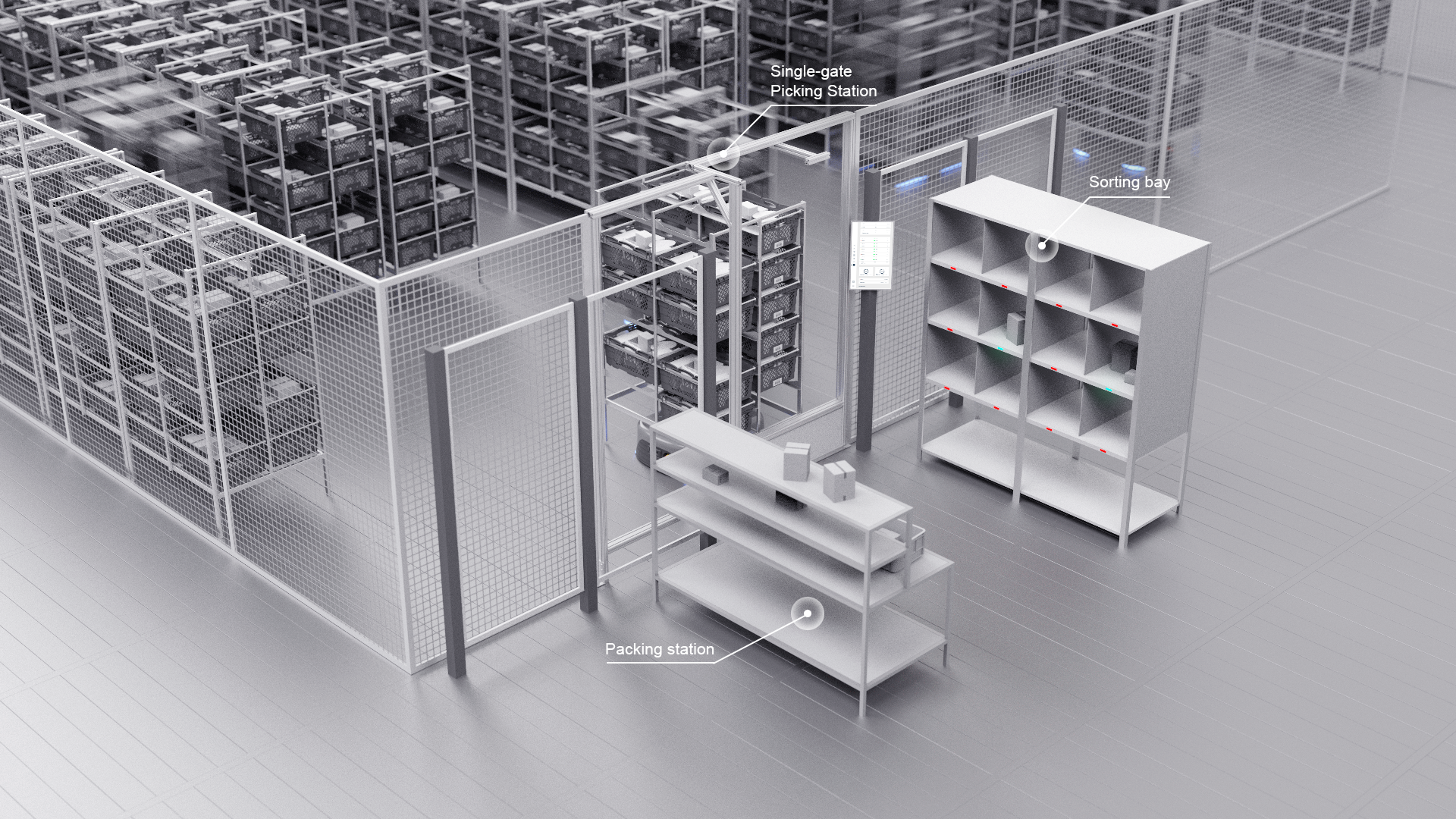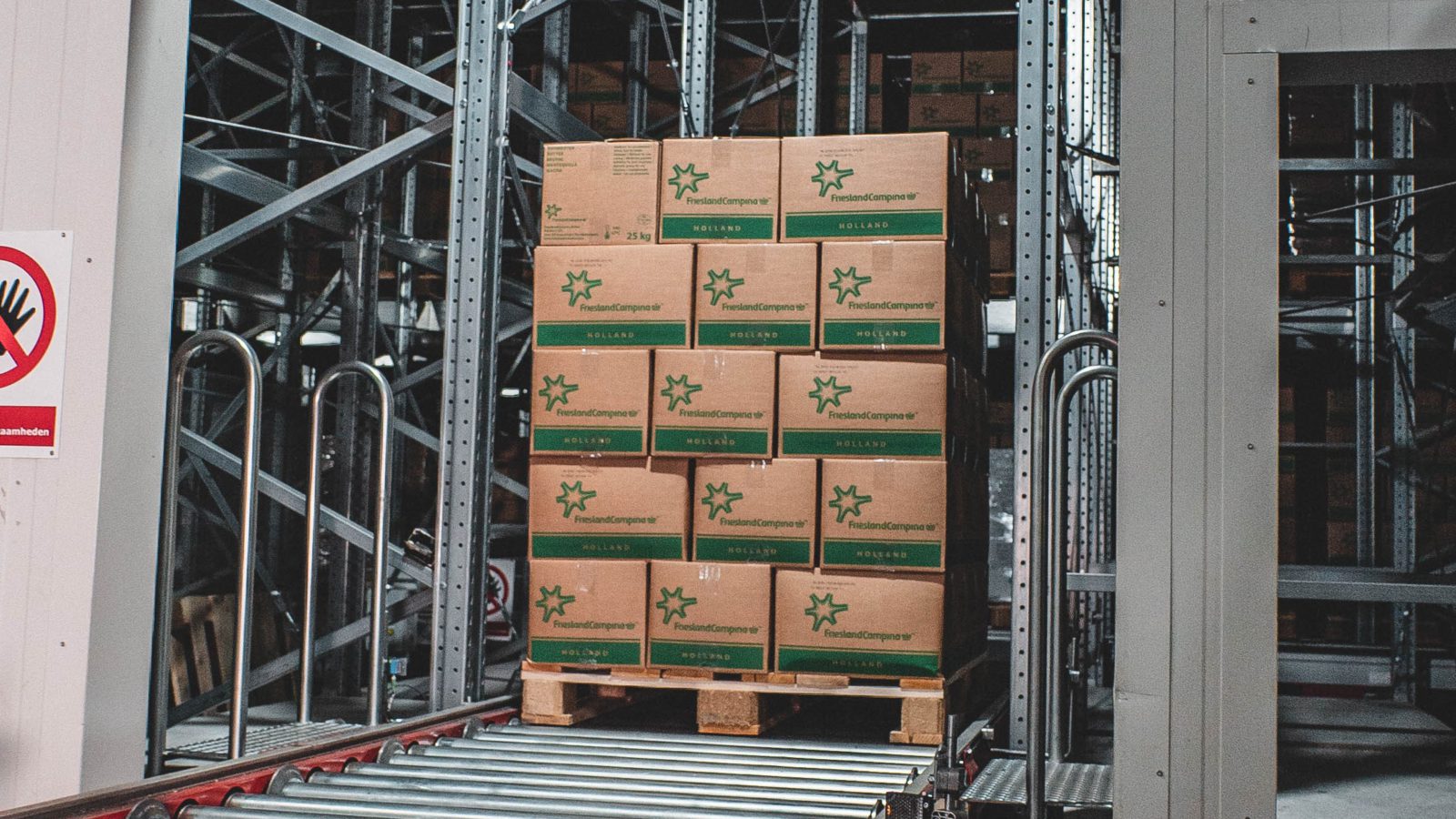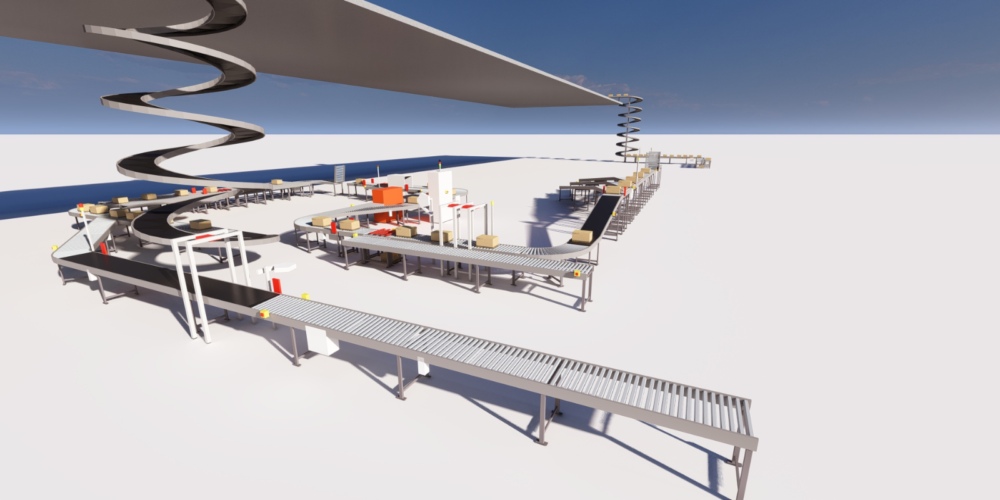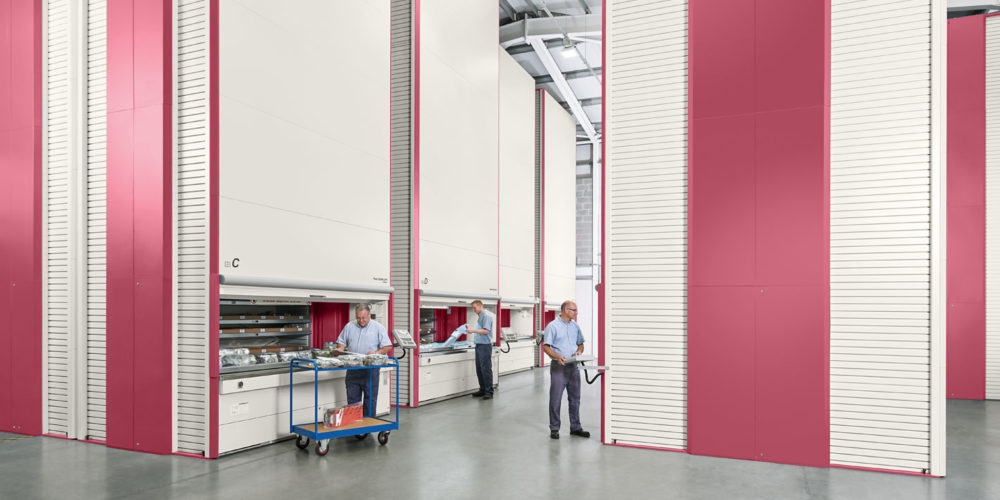Knowledge update
Do I need a WMS for my warehouse?
Automation issue in your warehouse?
Why a WMS? Don’t I already have an ERP for my warehouse?
At materials handling fairs, you can usually choose from an extensive series of lectures and presentations to update your knowledge. According to the many ‘gurus’, we can expect ‘more far-reaching robotization and automation of warehouse processes’ in 2017. Sometimes, however, companies quickly benefit from a few smaller adjustments, such as the commissioning of a good WMS (such as the Arrow WMS from Xtend) when controlling the work on the shop floor.
When the conversation at our booth is about WMS packages, we notice that we are often asked the following question:
Why an extra IT layer now? My ERP package also has many possibilities!”
First take a step back. Broadly speaking, there are 3 ICT layers in a company that support the warehouse processes:
ERP.
This is software for supporting all processes within a company. It is above all a broad solution: the ERP mainly contains master data and the system communicates with all kinds of subsystems. For example, the ERP feeds the warehouse with stock data, item purchase and sales prices, deliveries and orders.

WCS.
This layer controls the mechanization, such as shuttle systems, conveyors, warehouse lifts, PLC systems, order picking systems (eg Pick to light / voice picking systems) or any combination of these components. Think of a physical control.
WMS.
It mainly controls the daily activities (such as order picking, inbound, outbound, reporting). The WMS then receives a lot of information from the ERP system and uses it for control. The result: faster delivery, better visibility and control of stocks, fewer errors, etc.
No standard solutions.
That seems like a very simple overview. In practice, however, it appears that the distinction between ERP and WMS products is less sharp than discussed before. There are ERP packages with quite good functionalities for the warehouse. And WMS packages that only offer a limited number of options. Or just too much…
Our answer to the question in the title is: “That depends entirely on the current ERP system and the requirements placed on the warehouse.” A basic ERP and extremely high requirements with regard to order picking and delivery (yes, e-commerce!) usually do not go well together. A WMS can really provide a boost in performance.
We believe that there are no standard solutions in logistics. Every warehouse has its own challenges and we love to put this puzzle together again and again. Do you puzzle along?
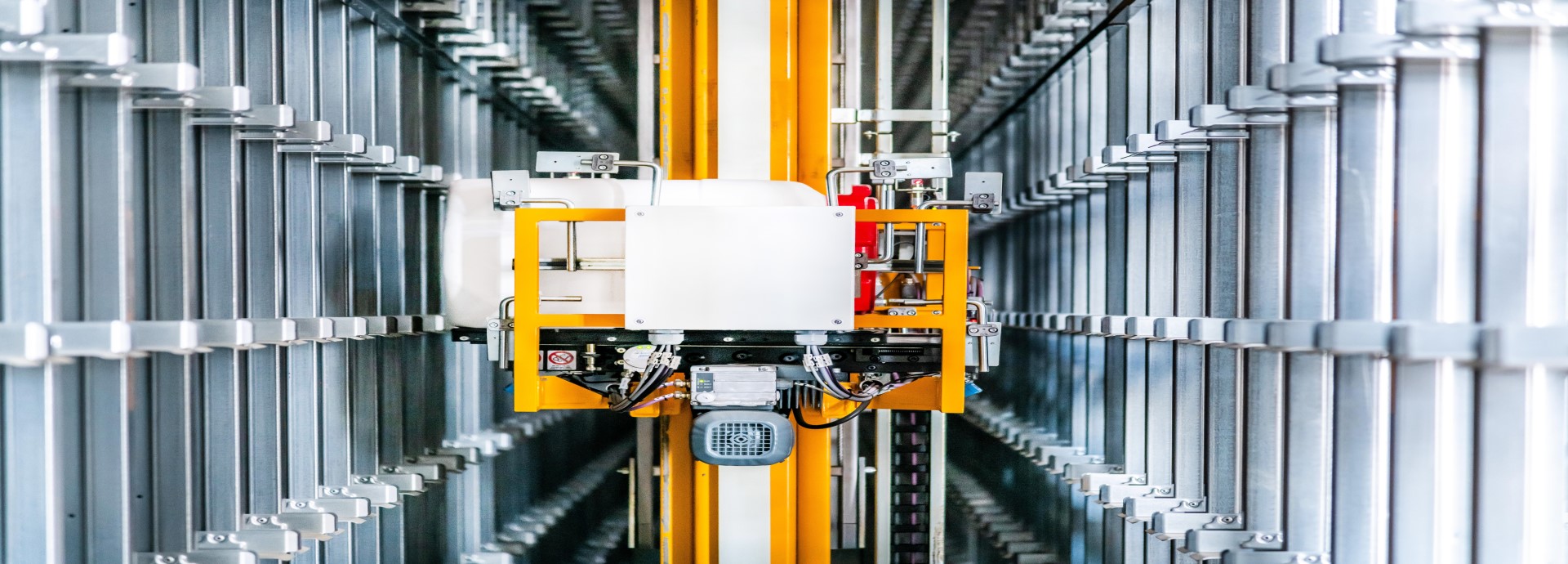
COSTO Intralogistics expertise in practice.
Get inspired by one of our other projects!
Service and Support
Subscribe to our newsletter.
"*" indicates required fields
